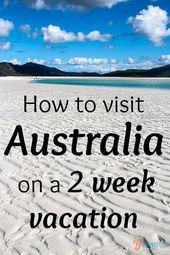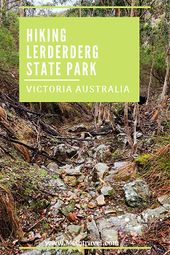If you plan a trip to Germany, mark the 11th – 15th and the 18th – 21st of September 2009 in your calendar. Those are the weekends to join the festivals in Bad Durkheim, along the wine route in the Rhineland-Palatinate.
The "Wurstmarkt" wine festival in Bad Durkheim, in the most beautiful part along the "Weinstrasse", Rhineland-Palatinate, is an annual Festival that takes place on 2 following weekends in September. Looking back to nearly 600 years of history, the event changed from being originally a meeting point for local farmer and winegrower, attracted by the pilgrims who came to the small chapel on top of the mountain "St. Michaelsberg" every year on the 29th of September. Centuries went by and the original religious event became a folk festival, which joins nowdays several hundred thousand visitors on each 2nd and 3rd weekend in September. On the fairground, next to the town's giant wine barrel, it becomes clear that wine plays a big role during the festival, around the sausages. Local wines and sparkling wines "Sekt" are served in classic, stemmed glasses or are generously distributed in half liter glasses. "Wurstmarkt" is a culinary extravaganza and keeps on attracting ever growing numbers of visitors through the world.
The name Wurstmarkt or sausage-market is a bit misleading, since it is in fact the largest wine festival in the world. On the fairground in the open or in tents local wine growers will let you taste the best wines of the regions. Many activities are planned for this year with life concerts, be it traditional German music or Dixieland style. Carousels and sweets will enjoy the small visitors, fried and barbecued sausages come in all shapes and sizes and a romantic firework with a glorious silver and golden light display will make it an unforgetable stay in Bad Durkheim.
The roots of this event go far back to the year 1155, when the Monte sancti Michaelis was first documented. In those days pilgrims came every year to the small chapel on the mountain St. Louis. Michaelsberg to buy a letter of indulgence, which would free them of their sins. Since a large number of pilgrims came every year on the 29th of September, local farmers and wine growers concentrated the opportunity and sold mainly wine, sausages and bread, transported on wheel barrows. The event was called later in 1417 Michaelismarkt and attracted merchants, impostors and musicians. Already in the 16th century merchants from all over the Palatinate joined in the very popular fair. The range of the offered goods included back then oxen, horses, pigs and all products of local handicrafts. Finally, in 1577, the Michaelismarkt was moved to the nearby Brühlwiesen. At the end of the 18th century the fair was already held on 3 days, Sundays, Mondays and Tuesdays.
The year 1832 was the first time, that the name Wurstmarkt was officially used. The reason for that was simply the huge amount of sausages ate during the fair! In 1879 the first Wurstmarktzeitung, a newspaper, was published and in 1882 was the first time a Nachmarkt, after-market, was held on the Sunday after the original 3 days weekend fair. At that time, a circus was the largest attraction for the visitors. The only time when there were no sausages on sale, was after the Second World War, during which no fair was held. Because of the lack of meat the sausage-fair became a fish-fair in 1948 and every visitor could only purchase 1 bottle of wine. Time went by and in the year 1966 over 200,000 liters of wine were sold and nowdays the Wurstmarkt is unduly the largest wine festival in the world.
This is an example of what you can do in Bad Durkheim while traveling in Germany. If you want learn more about Bad Durkheim we compiled a more comprehensive Bad Durkheim travel guide in collaboration with local residents that provides unique travel insider tips which you can use during you Germany vacation.


